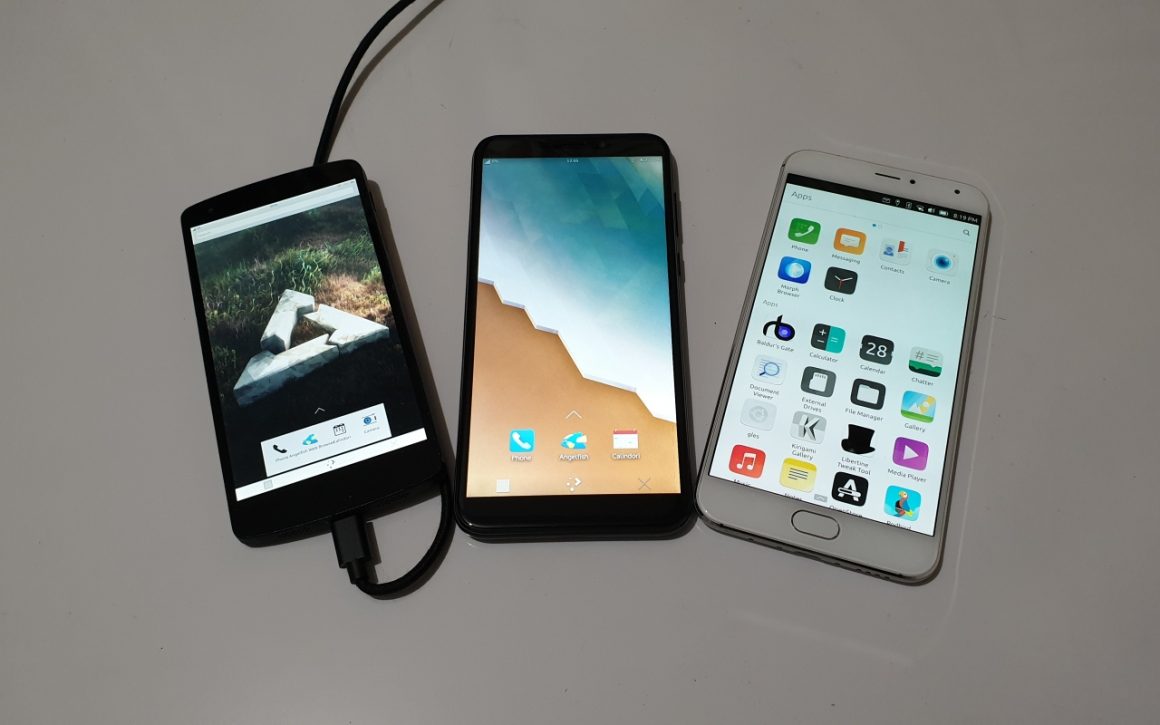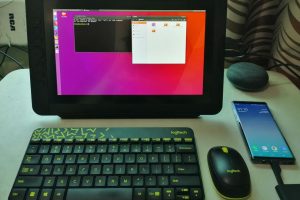The future that former Nokia CEO (and twice-former Microsoft exec) Stephen Elop alluded to nearly a decade ago has become our reality. The smartphone market has become a two-horse race as far as operating systems go, with Apple’s iOS and Google’s Android pretty much the only noteworthy commercial mobile platforms available. There are, of course, a number of smaller players trying to carve out a niche, most if not all of them pushing for a Linux-based alternative. But in a world where the market winners seem to have already been decided, why are Linux phones even worth mentioning much less supporting. As with most open source endeavors, it really boils down to one thing: freedom.
Freedom from backdoors
To be fair, Android is technically Linux-based in as far as it uses a quite old version of the Linux kernel. It also does comply with the letter of the law as far as releasing open source code goes. That’s pretty much where it ends, though, and the ecosystem that has admittedly made Android successful, particularly Google Mobile Services, is as closed as proprietary software can get. And when doors are closed, the easier it is for backdoors to be created in secret.
This isn’t a claim that open source software and, by extension, open source phones, are more bug-free or are a breeze to fix. The history of open source and recent vulnerability reports prove that’s not the case. It also doesn’t mean that anyone, even non-developers, will be able to spot a security exploit, much less close it on their own. What an open source Linux phone and ecosystem means is that the chances of backdoors, spyware, and such getting through source code are much less when there are more eyes looking at it. And more eyes will indeed be able to look because it isn’t hidden behind closed doors.
Freedom from censorship
Google may be able to justify its proprietary Android apps and services on a business level but recent events have shown that system’s weakness. At any time warring governments may impose embargoes, companies might withdraw support, businesses and services may shut down. And users, as well as software developers, are the ones that lose when giants rumble and fall.
Open source communities have worked in a decentralized manner long before decentralized was considered hip. Most key projects don’t have a single company that owns the code, a single country that can claim to be its source. In some cases, it may also be possible to replace some software with more open and freer alternatives in a worst-case scenario. That, however, requires a mobile ecosystem that is open from its core to its essential apps. And while it might take a while for the same to be said of hardware, having an open source friendly phone would mean having the freedom to install any (compatible) software stack on it. Even long after the manufacturer has stopped officially supporting the device.

Freedom to innovate
Make no mistakes, profits are important. They keep the lights on and allow passionate people to continue working on products and projects without having to worry whether they’ll have food on the table tomorrow. Most of the time, however, profits have become the only goal and criteria for success that innovation has become synonymous with “new selling feature”. The Raspberry Pi proved that an open ecosystem, both hardware and software, goes a long way in inspiring creativity and innovation.
That’s not to say that makers of Linux phones shouldn’t have to mind their coffers but the likes of PINE64 and Purism are less interested in going mainstream the same way Samsung and Apple are. They cater to a different market but one that also has the most potential to take technology, both hardware and software to places that most major OEMs refuse to or can’t go. To some extent, these phones encourage innovation and experimentation on a grassroots level rather than being too concerned if these features would even sell like pancakes.
Freedom to grow
Some analysts see the mobile market as slowly stagnating, both in sales and in innovation, most of which seem to be focused on camera technology. We do get glimpses of ingenuity here and there, from foldable or dual-screen devices, under-screen sensors, or even the controversial popup camera. In the end, however, these features are at the mercy of the whims of the market and, therefore, leave or die according to the company’s margins.
Open source Linux phones put the power and the decision at the hands of its users, both developers and consumers. They get to decide where to take technology and, more importantly, how technology should work for them, not the other way around. For large companies, that’s a frightening concept. For end-users, it’s a liberating ideal.
In the next part, we’ll take a look at the current state of Linux on phones and even some tablets. We’ll then take a look at the challenges that face these innovators and what may be needed to break through them.





